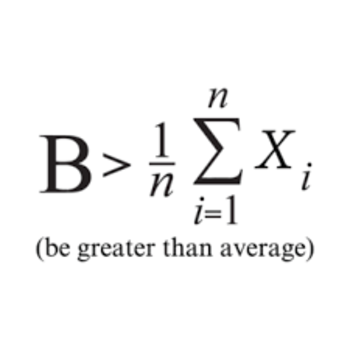A bicycle possesses 1000 units of momentum. What would be the bicycle's momentum if its velocity is doubled?
2 Answers
2000
Explanation:
If we look at the equation for momentum:
Now, we only really have access to the momentum and not the velocity or the mass of the bicycle. Not to worry! We can still make a comparison between the two scenarios.
In the first case:
In the second case:
Hence
Now we can see that in the first case we have
So the momentum in the second scenario must be double of what it was in the first scenario:
This can also be deduced from the formula: as the formula for momentum is based on the product of the mass and the velocity. Hence if you double either of them, the momentum will double. Or if you double both, the momentum will quadruple.
Explanation:
Momentum is defined through the equation,
#m# is the mass of the object in kilograms
#v# is the velocity of the object in meters per second
We got:
And so,
We are also given that
The mass of an object will stay constant in this case.
Therefore,


